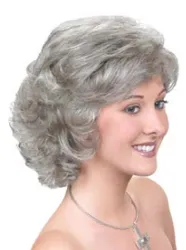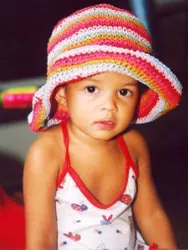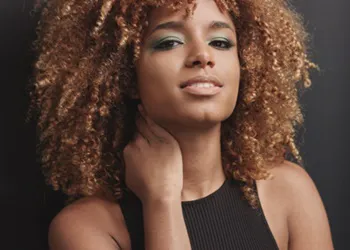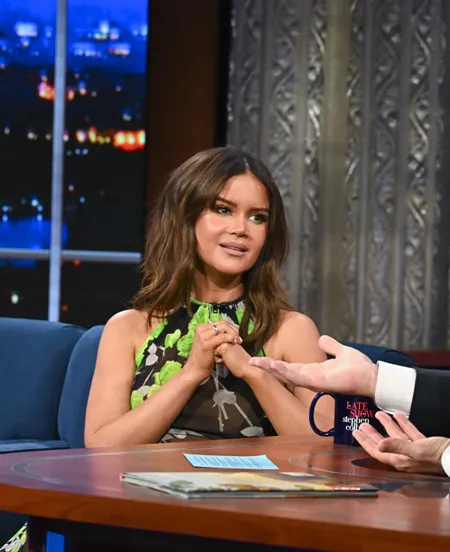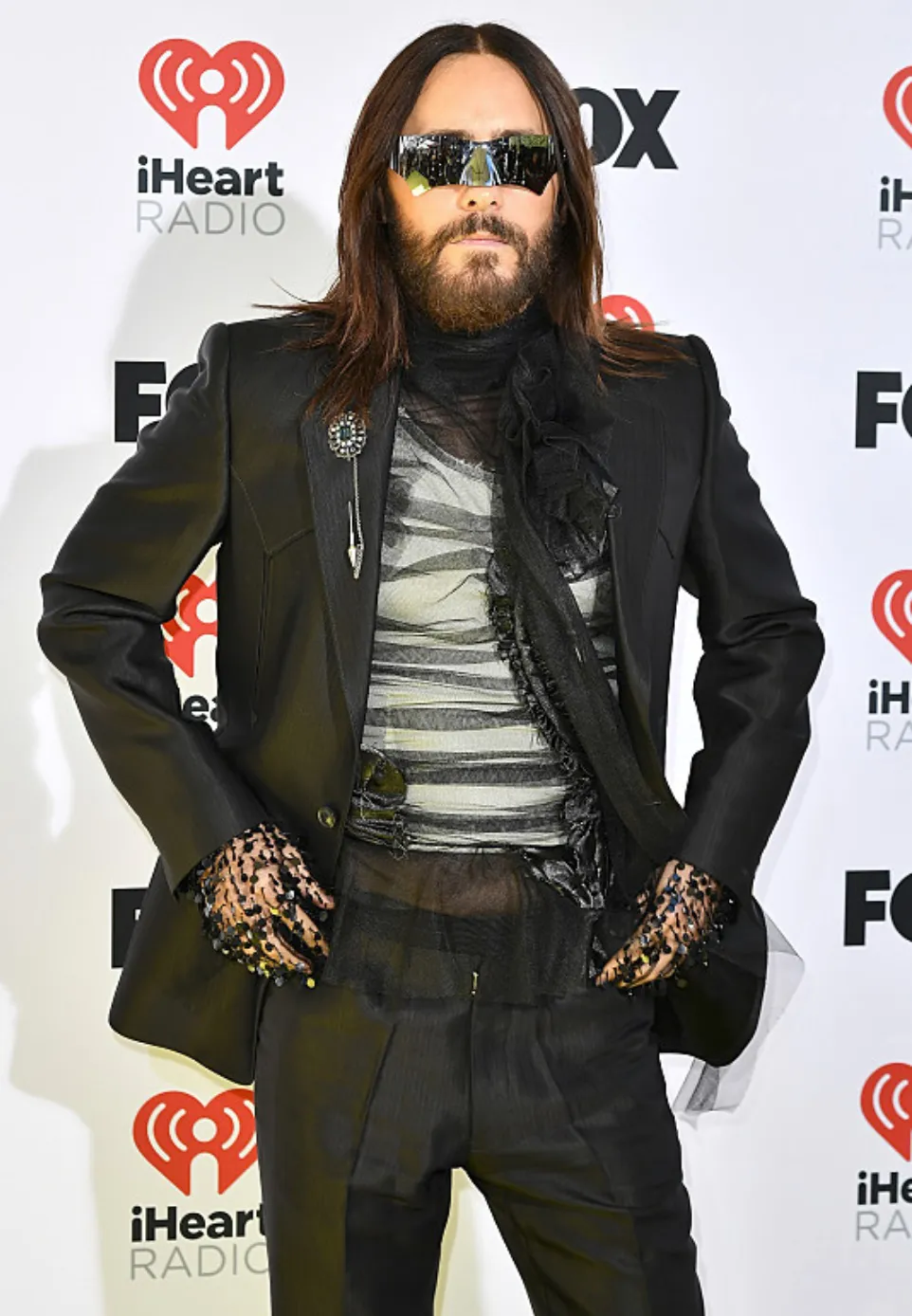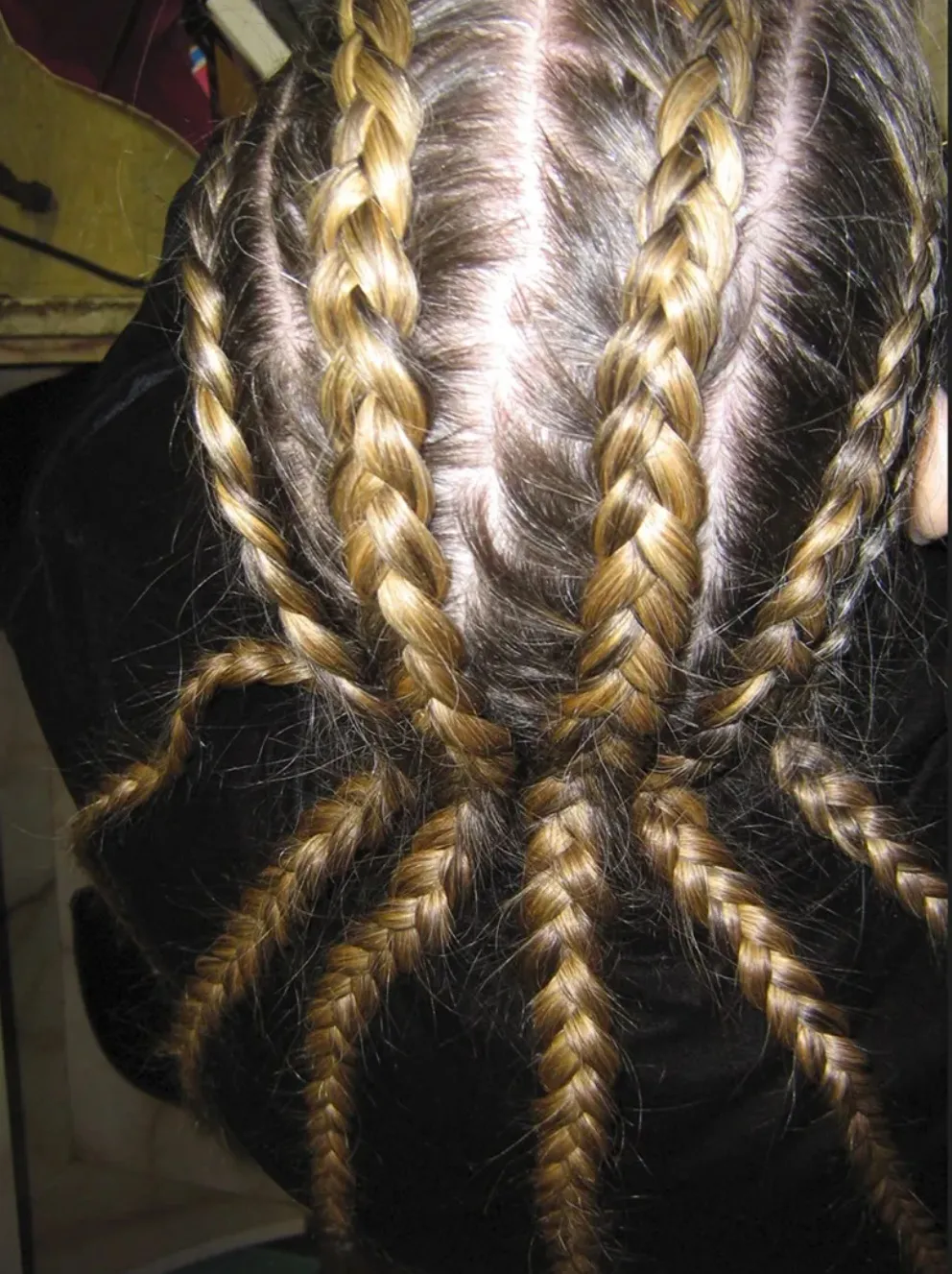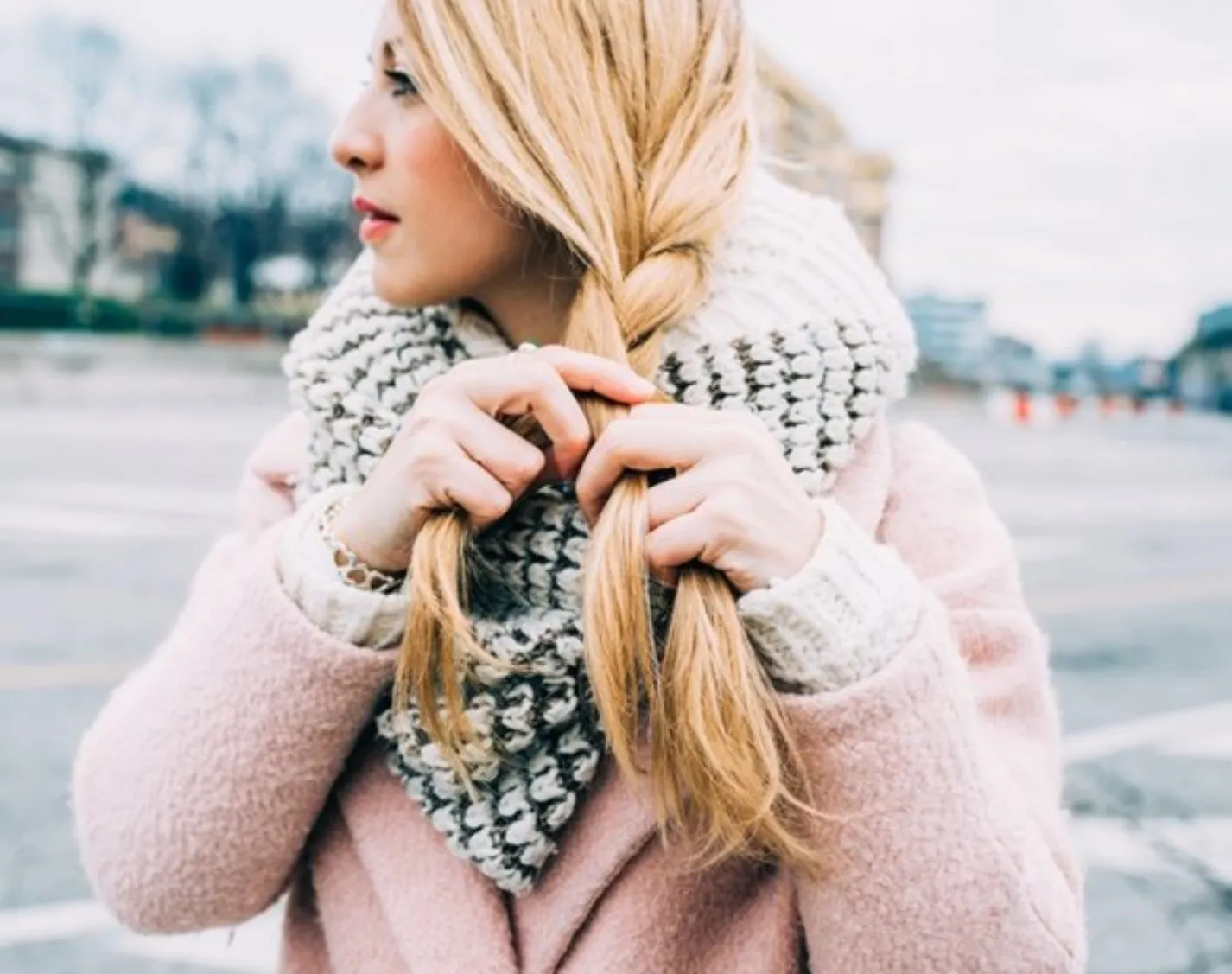
Hair: Most Common Hair Loss
Introduction
Instead, this article covers the most common forms of hair loss which can impact men, women and children.
The major hair loss type includes:
Although most people experience consistent hair cycle phases, depending on a variety of factors, the cycles may not fall into the same consistency for all. Alopecia AreataThis disease linked to auto-immune diseases appears for many (male and females) during childhood. It initially appears as a bare patch of skin with rounded borders approximately one inch in diameter. As the disease progresses, depending on the type that it is, the bald patch will continue to progress. Alopecia Areata can take three forms which are: Areata - mild patchy hair loss along the scalp Totalis - complete loss of all scalp hair Universalis - complete loss of all hair on the scalp and body including eyebrows and eyelashes. Alopecia Areata is considered the least severe with Universalis being the most drastic form of hair loss. Because Alopecia Areata is considered to be an immune system disease, scientists and doctors believe the body's immune system views hair follicles as foreign objects and thus attacks and destroys them. It is believed that white blood cells which are known as T-lymphocytes aggressively target hair follicles pushing them prematurely into the resting phase and evenutally into the a loss cycle. Until the immune system issues are resolved and the T-lymphocytes stop attacking the follicles, the hair will not regrow. Depending on a variety of factors Alopecia Areata may or may not be permanent. There is no known cure for Alopecia Areata which make it heart breaking for young children with the disease. Medically prescribed treatments are available with no guarantee or success. Some believe that the Alopecia Areata must run its course and that medical intervention will not be of any major assistance. Others disagree. Treatments are based on the amount of hair loss that has been experienced. Alopecia Areata is considered mild if less than 50% of the hair has fallen out and more severe if more than 50% has fallen. Mild Cases Of Alopecia Treatment OptionsMild cases of Alopecia Areata (less than half of hair loss) is generally treated with one or more of the following options:
Severe Cases Of Alopecia Treatment OptionsSevere cases of Alopecia Areata (more than half of hair loss) is generally treated with one or more of the following options:
Social Media Network InformationPlease follow me on Twitter at: http://Twitter.com/HairBoutique. I look forward to meeting new people Thank you for visiting us at The HairBoutique Blog and for leaving your comments. They are very much appreciated. We apologize in advance but must remove any direct advertisements or solicitations. - Revised Publication Date: 10/19/10
|
|
If you want to talk more about this or other hair care articles on HairBoutique.com or anywhere else, please post a message on HairBoutique.com's Hair Talk Forums.
|
Social Media Network Information
Please follow us on Twitter at: https://Twitter.com/HairBoutique. I look forward to meeting new people from all walks of Twitter and learning from their Tweets.


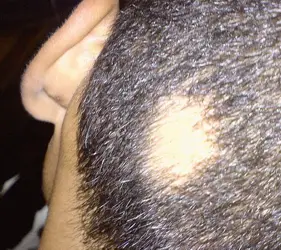 Hair loss is a common concern for men and women of all ages, races, and ethnic backgrounds. There are a number of sociological reasons for hair loss concerns that will not be covered in this article.
Hair loss is a common concern for men and women of all ages, races, and ethnic backgrounds. There are a number of sociological reasons for hair loss concerns that will not be covered in this article.
